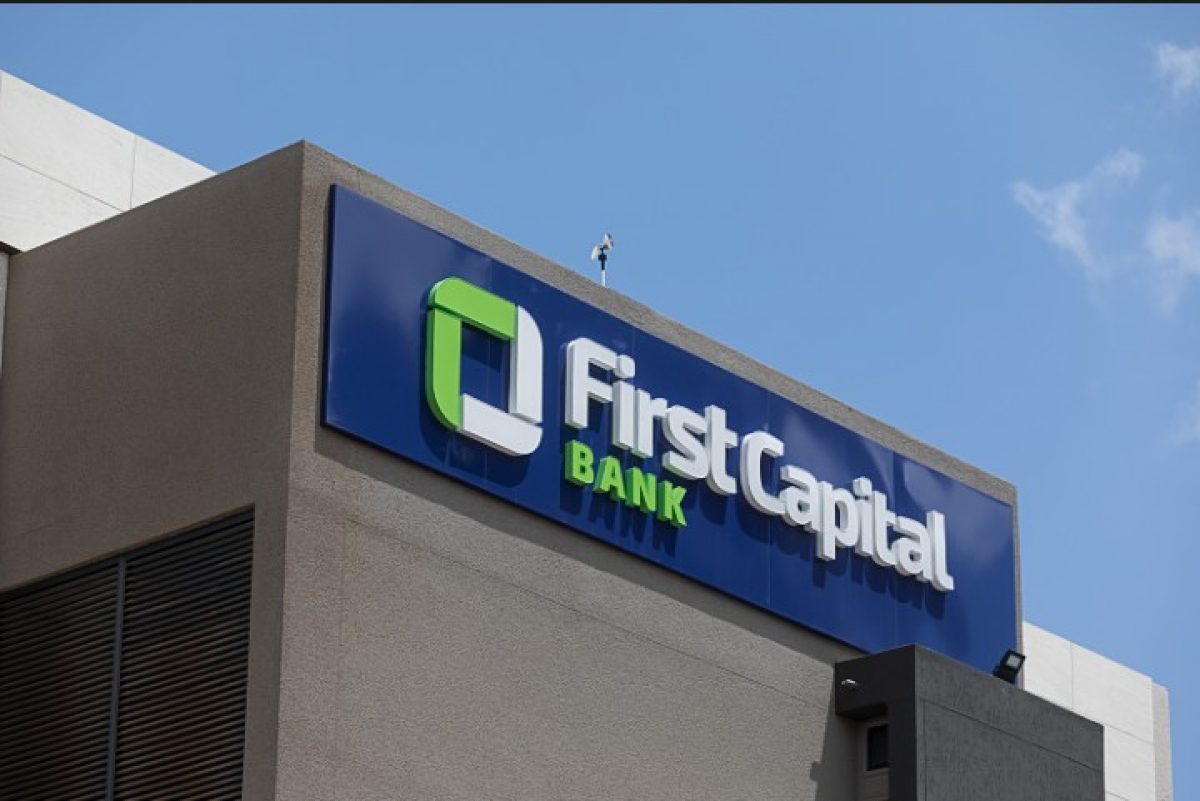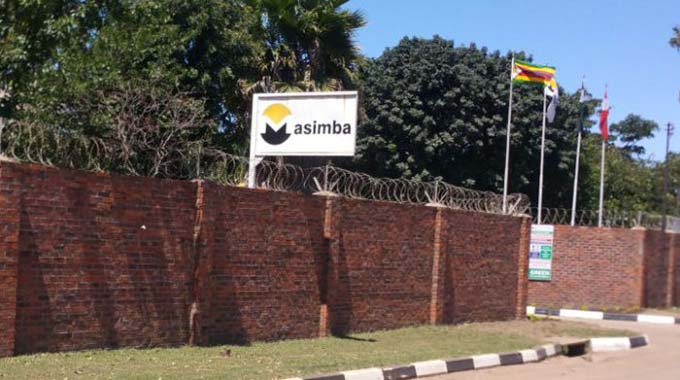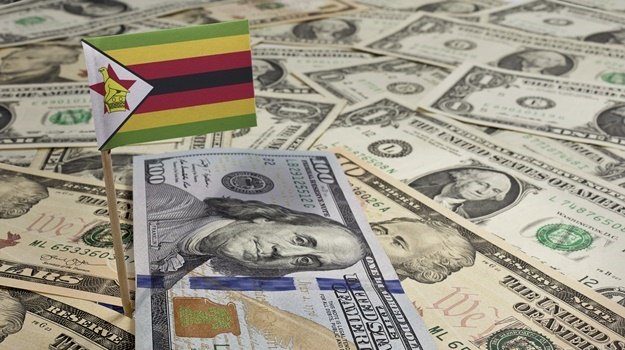Treasury plans to borrow $8,85t in 2024
Minister of Finance, Economic Development and Investment Promotion, Professor Mthuli Ncube in his proposed budget statement said the country plans to borrow in order to fund its 2024 budget deficit.
The debt will be sourced from various platforms including treasury bills, bonds and external debt as Treasury seeks to raise $8,85 billion in 2024.
Mthuli said; “The total budget financing gap in 2024 amounts to $9,2 trillion, comprising a budget deficit of $4,3 trillion (1,5 percent of GDP) and amortisation of loans and maturing Government securities estimated at $4,9 trillion.”
Treasury seeks to raise $4,48 trillion through treasury bills issuances, $1,35 trillion via treasury bonds and external loan disbursements equivalent to $3 trillion.
Analysts have said this is normal practice all over the world that budget deficits are funded through borrowings. They have, however, settled on the issue of transparency and staying within the stipulated borrowing limit which will make repayment of the debt manageable.
Treasury said, in 2024, the overall annual borrowing limit will be kept at the same level as in 2022 and 2023 at 5,75 percent of GDP, which is derived from the projected total financing requirements, public entities project financing and private sector financing.
The gross issuances of treasury securities include the US$ denominated bonds of US$200 million to be issued in tranches throughout the course of the year.
Economist, Tinevimbo Shava, said in the 2023 budget treasury had envisaged a US$100 million bond on the Victoria Falls Securities Exchange (VFEX) for infrastructure development which include, roads rehabilitation and irrigation infrastructure but it did not materialise. According to the Treasury chief, the projected tenors of the US$ denominated bonds are 3 to 7 years.
“This is only just the beginning and going forward the government will be launching additional bonds. We also expect other public sector entities to do the same on the back of a government guarantee,” said Mthuli.
Economist, Dr Prosper Chitambara said: “The minister is on record saying the bonds would be issued to cut borrowing costs and develop capital markets, with the specific goal of creating the Victoria Falls Offshore Financial Services Centre to attract more foreign investment.
“So, to be fair, the country needs to be in good books in repatriating interest gained as well as international proceeds and avoid another blocked funds situation if they need these bonds to be a success.”
External loan disbursements of US$40,8 million which is an equivalent of $257 billion in local currency are projected in 2024.
Economist, Gladys Shumbambiri said: “Obviously the hope is that the current stable macroeconomic environment will rule in 2024, with single digit month-on-month inflation and stable exchange rate.
This is then expected to enhance the uptake of medium to long-term government securities by investors.”
Mthuli weighed in by saying; “The main policy thrust is to ensure the development and deepening of the domestic debt market by continued use of the treasury bills auction system for price discovery, as well as enforcing compliance of the prescribed asset status by the pension and insurance companies.”
During the year of 2024, the central government, including borrowing for budget support which includes budget financing and amortisation of loans and securities, will have a 3 percent of GDP borrowing limit.
State-Owned Enterprises guarantees, including on-lending from central government of 0,5 percent for guarantees, 1 percent for on-lending and 0,5 per cent borrowing power authorities will result in a borrowing limit of 2 percent of GDP.
The 0,5 percent of GDP will be borrowed through local authorities 0,125 percent guarantees, 0,125 percent borrowing power authorities, with the private sector guarantees limit coming in at 0,5 percent of GDP.
According to the minister, borrowing is limited to 10 percent of councils’ respective previous year’s revenues.
For the current year, the country has managed to stay within the borrowing band of 5,75 percent of GDP.
Mthuli said; “The total borrowing, as at end September 2023, stood at 2,31 percent of GDP, against an annual borrowing limit of 5,75 percent of GDP. Central government borrowing for budget financing accounted for 2,13 percent of GDP, mobilised through issuances of treasury bills and external loans disbursements. This is against a target of 3 percent of GDP.”
According to the debt statement accompanying the national budget, guarantees to State-Owned Enterprises and the private sector at 0,14 percent of GDP, are within the set combined annual limit of 0,25 percent of GDP.
“These Guarantees were issued to finance the 2023 winter wheat season, the setting up of ZMDC gold service centres, and the servicing of Willsgrove Park Phase 2 IDBZ Housing project, in Bulawayo,” he added.
Government extended guarantees to the private sector under the US$30 million Horticulture Export Revolving Fund (HERF) and the US$7,5 million Tourism Facilities Services Development and Upgrading Revolving Fund.
Mthuli continued; “These guarantees to the private sector accounted for 0,02 percent of GDP, as at end September 2023. Private companies which meet the set credit assessment/vetting and selection criteria are eligible for these guaranteed facilities.”
Government issued Borrowing Power Certificates to state enterprises and local authorities equivalent to 0,04 percent of GDP, against a combined target of 0,625 percent of GDP.
“These Borrowing Power Certificates were issued to Mutare City Council for procurement of capital equipment, ZERA for the construction of a new ZERA head office and CMED for the purchase of Easy-Go hire vehicles,” he concluded.
Shumbambiri said Treasury needs to continue with the prudent borrowing stance which has made government desist from going to the central bank for an overdraft.-businessweek










